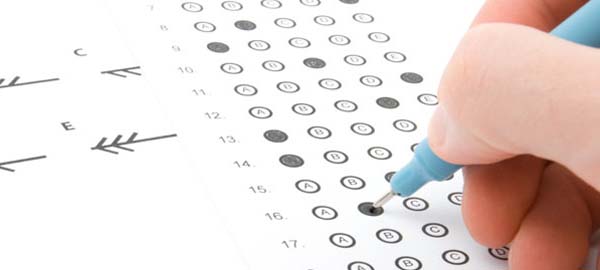Objectives of the Workpackage
The main objective of WP 7 is to explore whether persons with an at-risk mental state for psychosis can be further subgrouped according to clinical presentation, neurocognitive profile, brain structure and function as well as genetic data. The results of this analysis will help us to build a more accurate and reliable prognostic system in that it will be more capable of adapting to different risk profiles currently subsumed under a single high-risk construct.
Description of the task
WP 7 headed by the University of Turku will apply advanced machine learning methods to disentangle the clinical and neurobiological heterogeneity of the at-risk mental state for psychosis. For this purpose, we will apply semi- and unsupervised learning tools to detect and describe potential subgroups of high-risk individuals and patients with recent-onset psychosis / depression in the PRONIA database. Information on these subgroup clusters will be integrated into PRONIA’s prognostic system to fine-tune sequences of diagnostic examinations with respect to the multi-modal risk profile of a given help-seeking person. This will further reduce the risk of wrong predictions and alleviate the diagnostic burden resulting from excessive examinations which do not provide additional prognostic information in the given help-seeker. Furthermore, WP 7 will provide novel insights into the different neurobiological patterns potentially underlying the at-risk mental state for psychosis.










